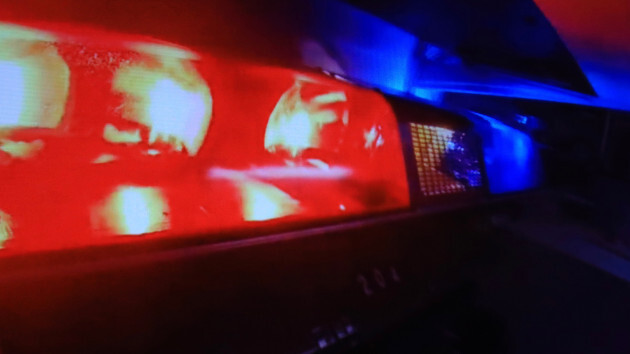How passenger electric planes could become a reality within the next decade
Written by ABC Audio. All rights reserved. on January 11, 2024
(NEW YORK) — The race to decarbonize the aviation industry is heating up, with researchers finding a way to make passenger airplanes operate on 100% electric power.
A newly designed electric aircraft, called the E9X, can now hold more passengers and fly farther than what was previously thought to be possible, according to aviation startup Elysian, which conceptualized the design along with the Delft University of Technology in the Netherlands.
These new planes will be able to hold 90 people and fly up to 500 miles without having to stop to recharge, Reynard de Vries, co-founder of Elysian and an aerospace engineering researcher at Delft University of Technology, told ABC News.
Prior to this design, the consensus among industry experts has been that battery-electric air travel would be confined to small planes only — aircraft that could hold a maximum of 20 passengers and travel less than 200 miles without having to land, Jayant Mukhopadhaya, a senior researcher at the International Council on Clean Transportation (ICCT), told ABC News.
The sheer weight of the electric battery is the main constraint of these planes, Mukhopadhaya said. Commercial batteries currently in production store about 50 times less energy per pound than traditional jet fuel. About 35 tons of batteries would be needed to power an aircraft the size of a Boeing 737, Mukhopadhaya noted.
Instead of trying to electrify a modern propeller plane, Elysian looked to first-generation aircraft, which were designed for very long distances, De Vries said.
“If you really design a large passenger aircraft on batteries, you can actually fly further than a small electric aircraft if you do the design property,” De Vries said.
The wing is extremely large relative to the body of the plane, especially when compared to conventional aircraft. But the large wing allows for increased aerodynamic efficiency, De Vries said. The engineers also added folding wing tips to ensure that a large wing can fit in the current gate infrastructure.
The aircraft also has to be large enough to hold the amount of batteries required to carry 90 people, Mukhopadhaya said.
While small battery-powered planes have already come onto the market, the technology has not yet been applied to larger aircraft, which will be necessary to ensure high passenger counts and keep prices low comparative to other modes of travel, De Vries said.
“If you want battery electric to be widely adopted in the future, you need it to be cost competitive with other means of transport, other ways of flying,” he said.
Elysian expects these planes to be in service by 2033. De Vries did not disclose how much it would cost to construct and operate the planes.
Despite the limitations, the utilization of electric planes could significantly reduce the carbon footprint from flying.
Decarbonizing flights with fewer than 500 miles, however, would likely only address about 1% of all emissions originating from air travel, Mukhopadhaya said. The airline industry accounts for just about 3% of total annual global emissions.
But every reduction in greenhouse gas emissions counts, he added.
“Wherever they can be used, they should be used,” Mukhopadhaya said. “You’re not burning jet fuel. There’s no carbon dioxide being produced. There’s no air pollution near the airports that would affect those communities.”
The research was revealed Wednesday during the American Institute of Aeronautics and Astronautics’s 2024 Scitech conference in Orlando, Florida.
Other sectors of the industry are also finding ways to make air travel more green.
In November, Virgin Atlantic became the first airline to power a transatlantic flight using 100% sustainable aviation fuel, a low-carbon energy source made from non-petroleum feedstocks that have properties similar to conventional jet fuel, but with a smaller carbon footprint.
The Boeing 787 passenger jet — dubbed Flight 100 — flew from London’s Heathrow Airport to John F. Kennedy International Airport in New York City with fuel made of a blend of mostly processed cooking oil and waste animal fat. Aboard the aircraft were Virgin Atlantic billionaire founder Richard Branson, Virgin Atlantic Chief Executive Shai Weiss and U.K. Secretary of State for Transport Mark Harper.
Copyright © 2024, ABC Audio. All rights reserved.





